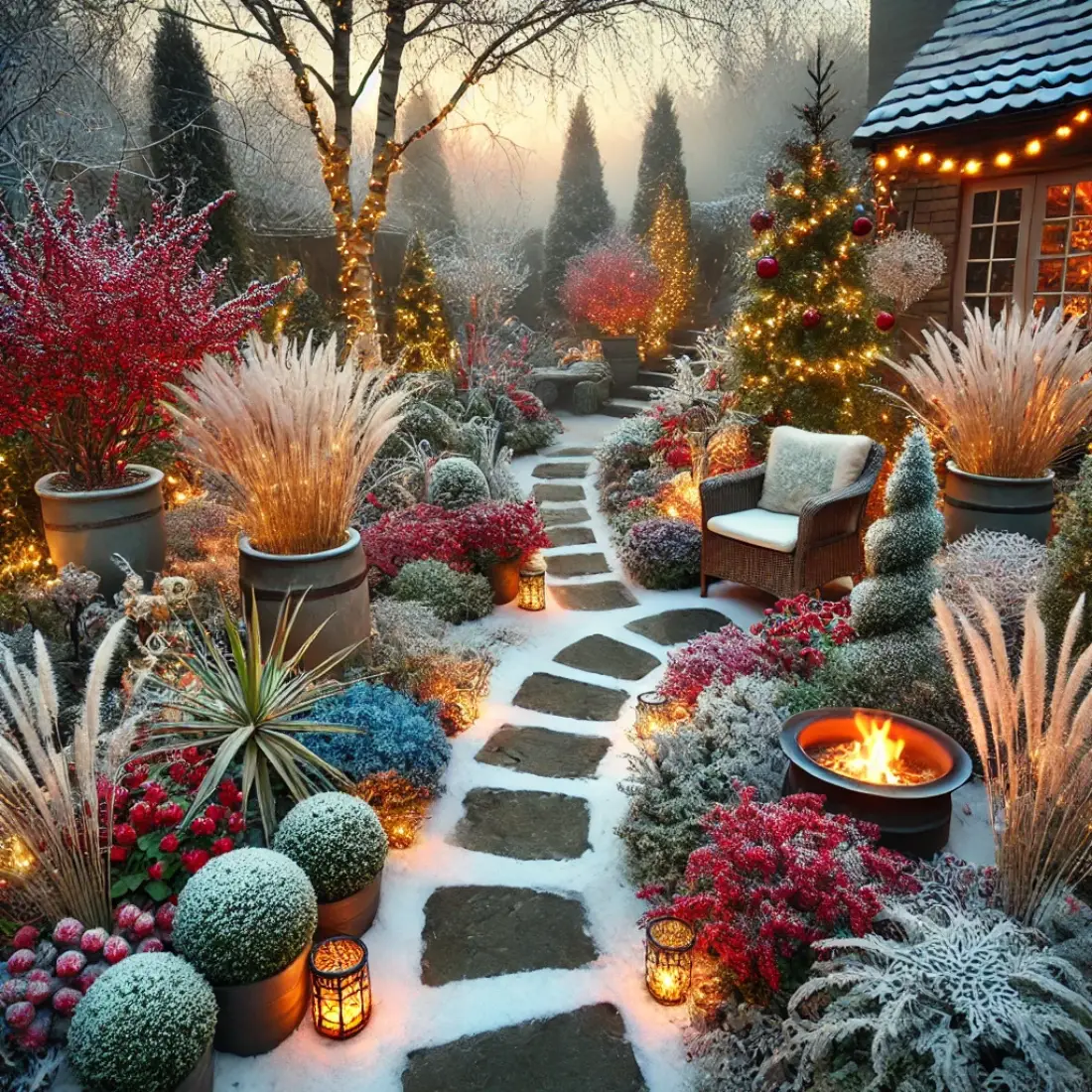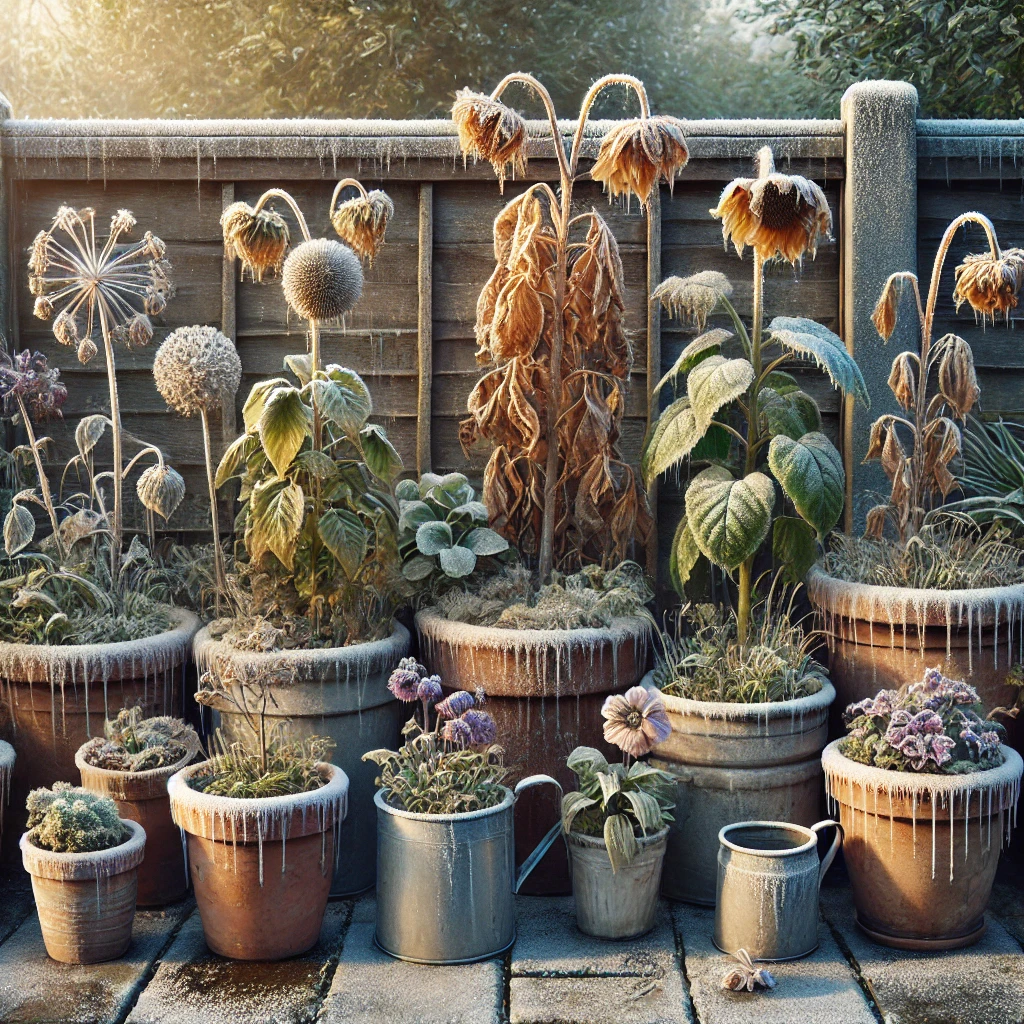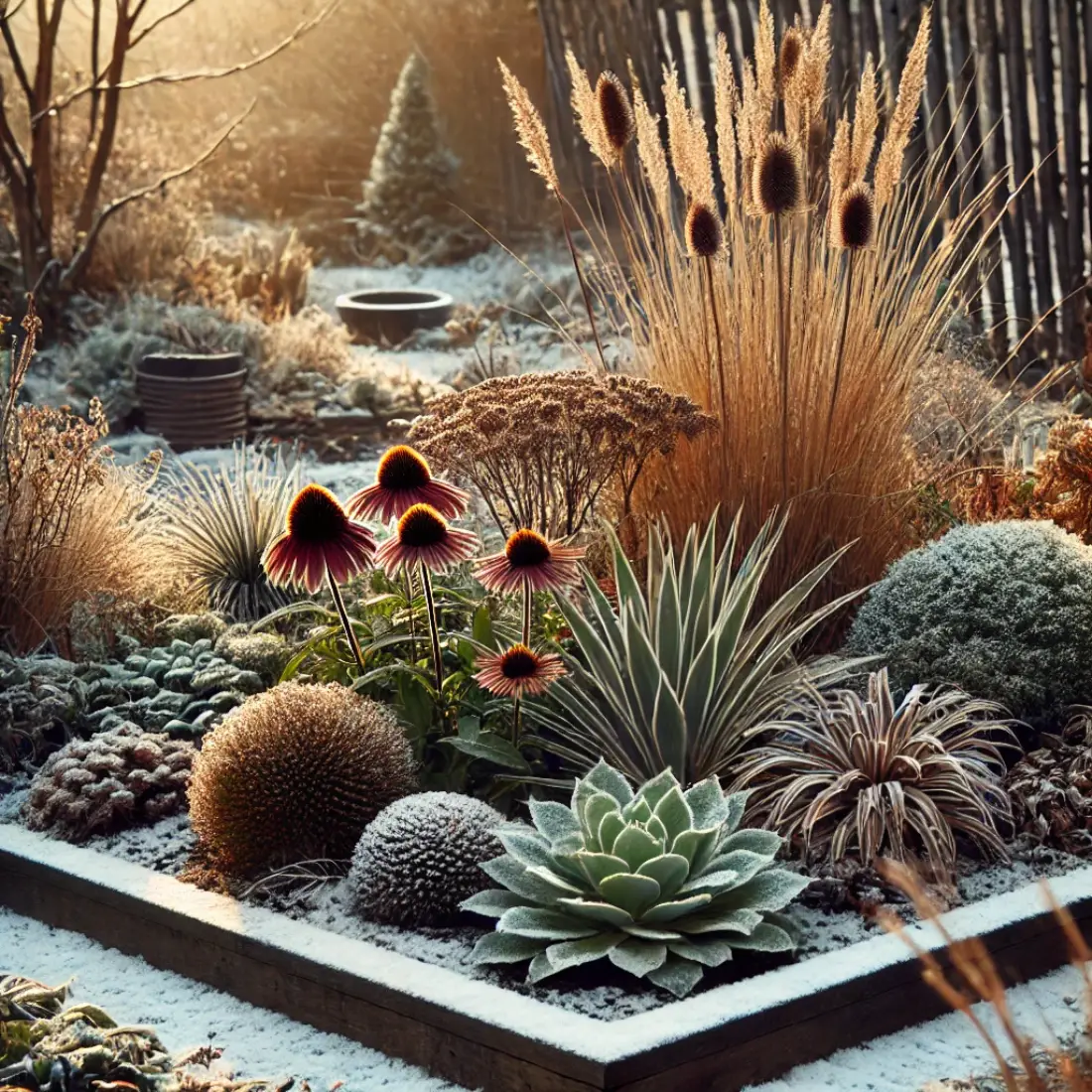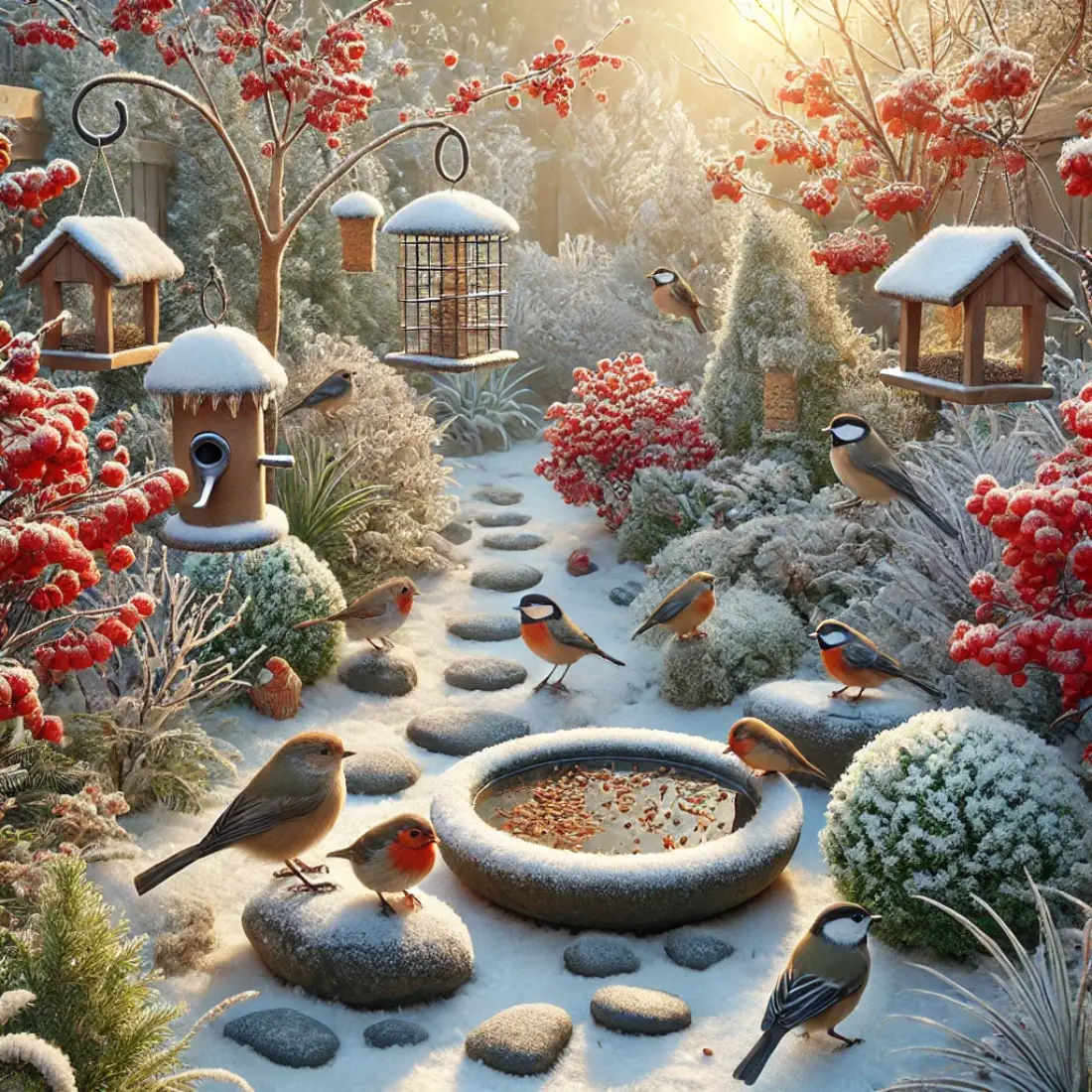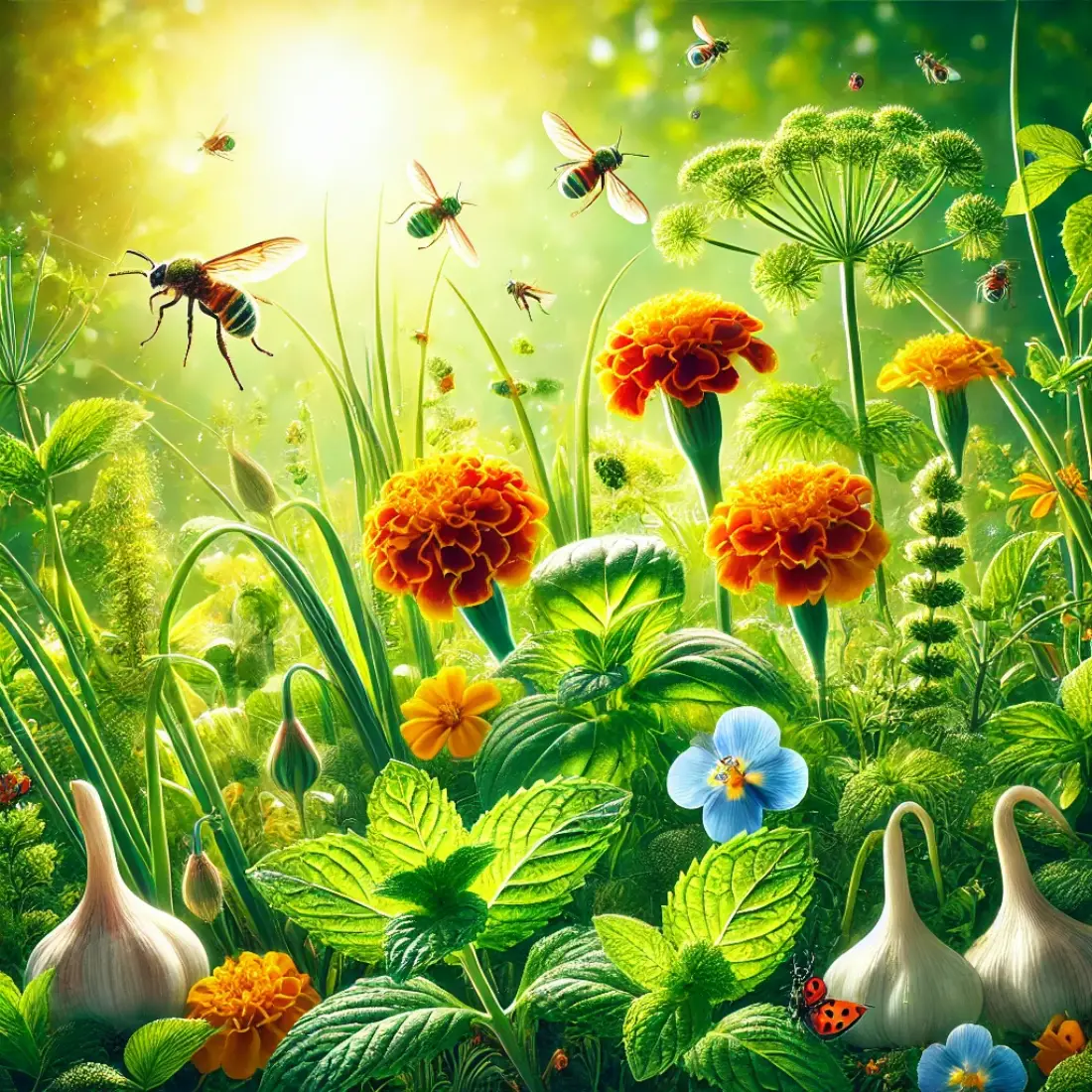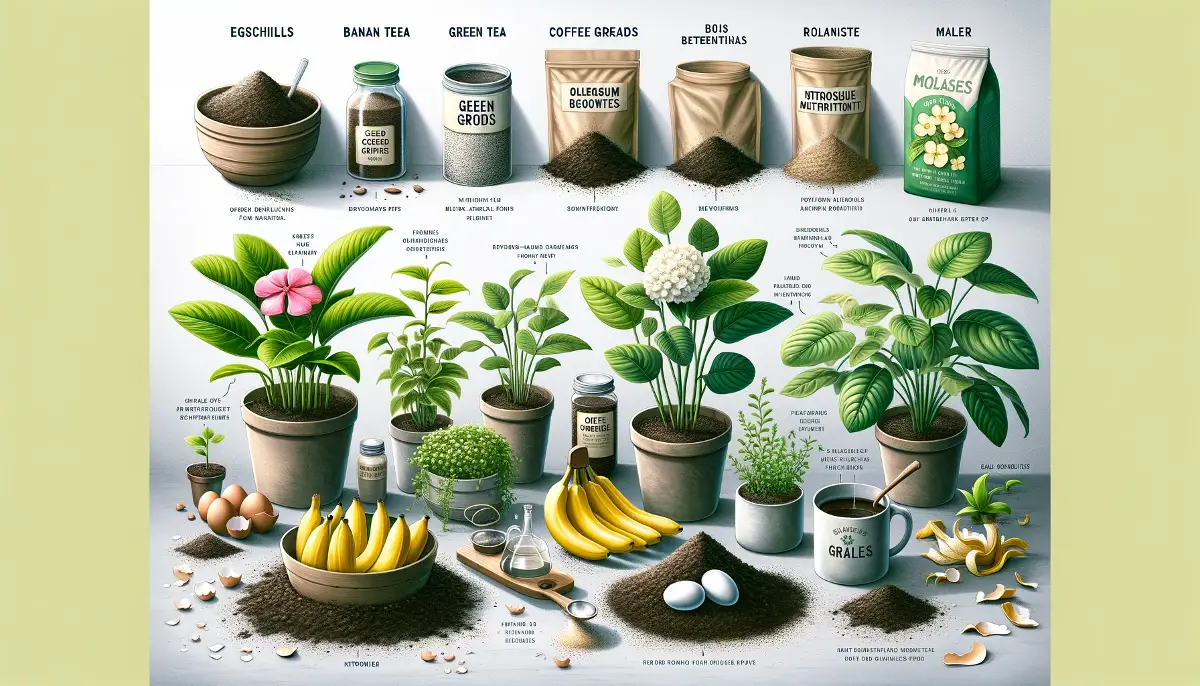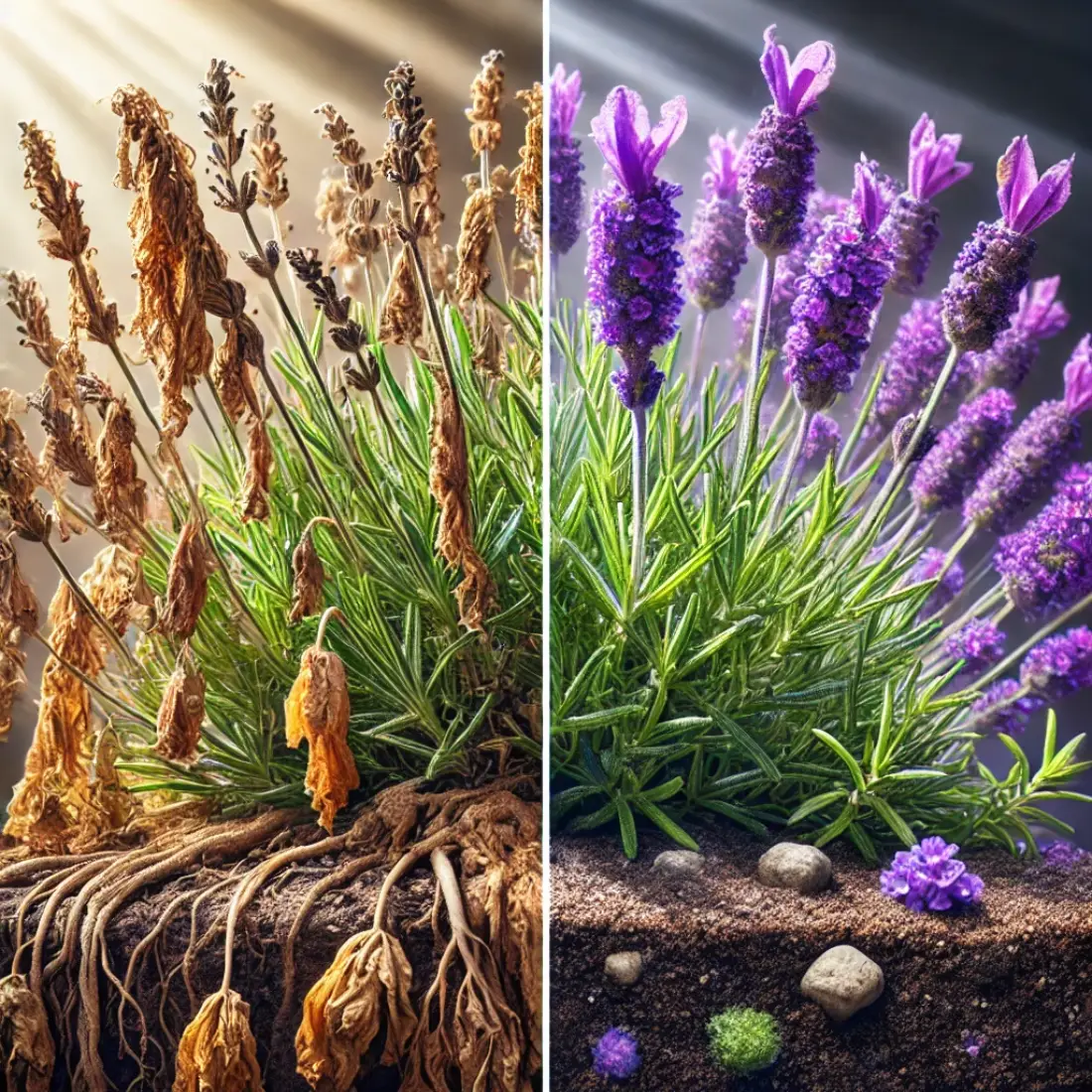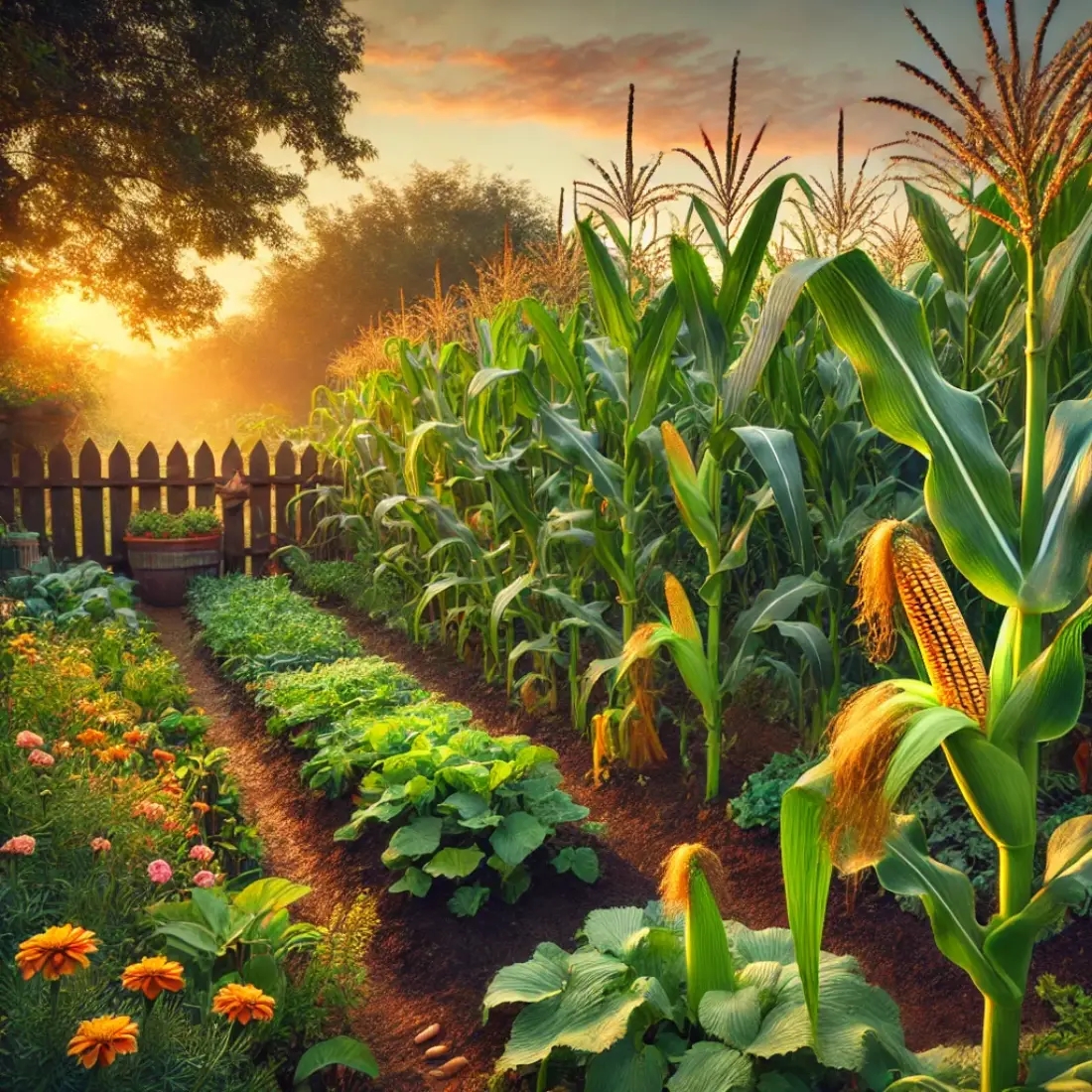Winter is often considered a quiet time for gardens, but it doesn’t have to be. With the right mix of winter-friendly plants, thoughtful design, and engaging activities, you can transform your garden into a vibrant and welcoming space—even in the coldest months. This guide provides everything you need to create a stunning winter wonderland that bursts with life and color.
- Winter-friendly plants offer year-round beauty and support for wildlife during the colder months.
- Use evergreen plants, layered textures, and vibrant pops of color to keep your garden lively in winter.
- Sustainable practices and a monthly gardening calendar ensure your garden stays healthy and beautiful.
Why Winter-Friendly Gardens Matter
Gardens are often overlooked in winter, but they can still be a source of beauty, joy, and purpose. Here’s why designing a winter-friendly garden is worth your effort:
- Aesthetic Appeal: Evergreen foliage, bright berries, and winter flowers bring color and life to your space.
- Wildlife Habitat: Birds, bees, and other creatures rely on winter plants for food and shelter.
- Stress Relief: Research shows that spending time around greenery—even in winter—reduces stress and boosts mental health.
Pro Tip: Plan your garden with year-round interest in mind by selecting plants that bloom in different seasons.
Top Winter-Friendly Plants to Brighten Your Garden
Here are some of the best winter-friendly plants that thrive during the colder months:
1. Helleborus Niger (Christmas Rose)
- Why it’s Great: Blooms from December to March with elegant white or pink flowers.
- Care Tips: Prefers partial shade and well-drained soil. Perfect for borders and containers.
2. Cornus Alba (Red Twig Dogwood)
- Why it’s Great: Vibrant red stems create a dramatic contrast against snow.
- Care Tips: Thrives in full sun and moist soil. Prune older stems for better color.
3. Winter Heather (Erica Carnea)
- Why it’s Great: Provides bursts of pink, purple, or white flowers from November to April.
- Care Tips: Plant in acidic, well-drained soil and full sun.
4. Mahonia Japonica
- Why it’s Great: Features dramatic spiky leaves and fragrant yellow flowers in winter.
- Care Tips: Grows best in partial shade with moist, well-drained soil.
5. Snowdrops (Galanthus)
- Why it’s Great: These delicate white flowers are among the first to bloom in late winter.
- Care Tips: Plant bulbs in autumn for a beautiful winter display.
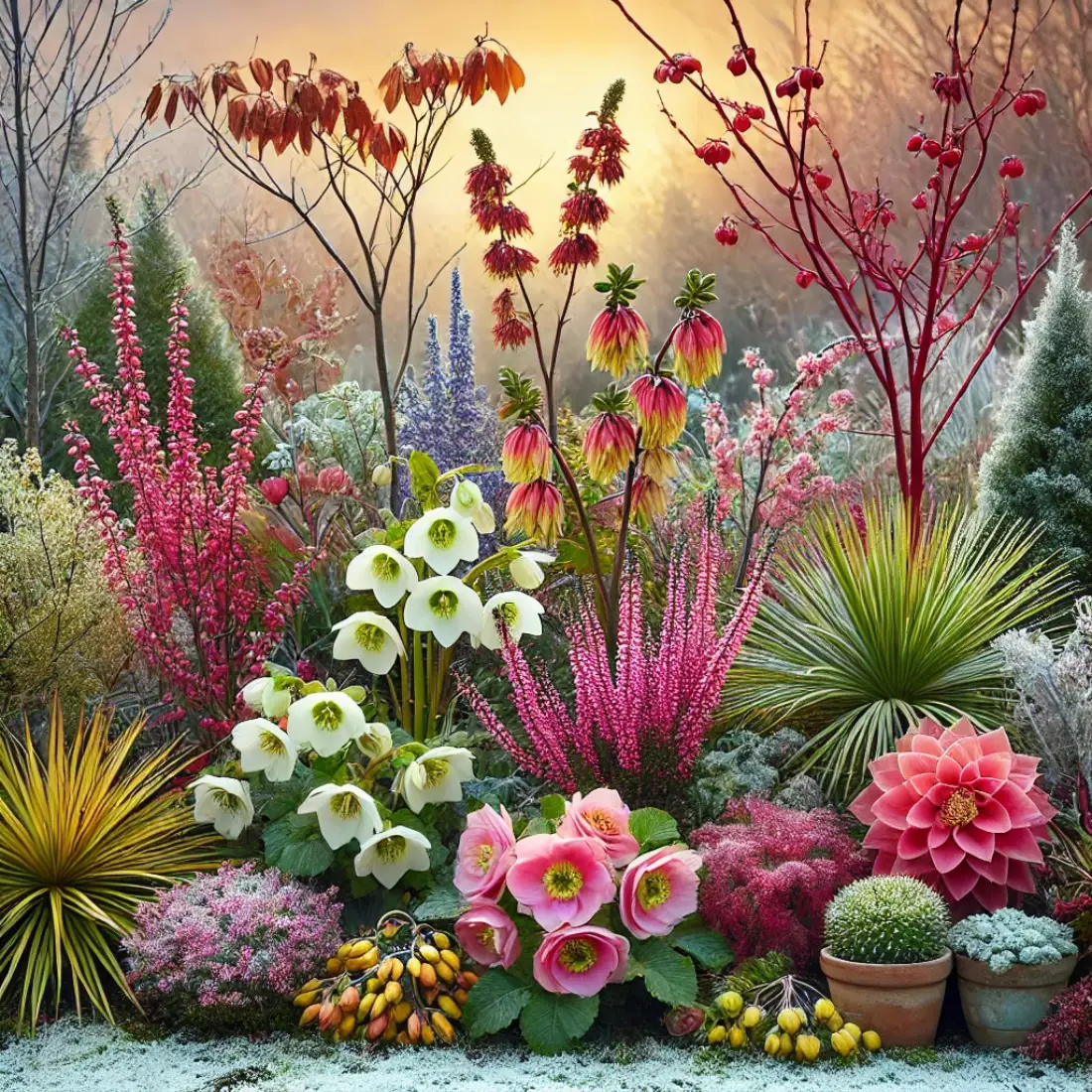
Designing Your Winter Garden: Tips and Inspiration
To create a visually appealing and functional winter garden, follow these expert strategies:
1. Layering for Depth and Structure
Layering plants of different heights prevents your garden from looking flat and adds depth.
Ground Covers:
- Ajuga reptans: Low-growing evergreen with purple-tinged leaves.
- Ivy (Hedera helix): Hardy and versatile for ground or wall cover.
Mid-Height Shrubs:
- Skimmia japonica: Compact shrub with vibrant red berries.
- Erica carnea: Bright flowers perfect for mid-level interest.
Tall Shrubs/Trees:
- Holly (Ilex aquifolium): Adds festive charm with glossy leaves and berries.
- Cornus alba: Stands out with its bright red stems.
Fact: Layered gardens also help protect smaller plants by creating natural windbreaks.
2. Use Evergreens as the Backbone
Evergreens offer structure, acting as the foundation of your garden’s design.
Best Evergreens for Winter
- Boxwood (Buxus sempervirens): Great for hedges or borders.
- Yew (Taxus baccata): Adds vertical interest and lush greenery.
- Mahonia japonica: Provides texture with its unique foliage.
Pro Tip: Mix evergreen plants with deciduous shrubs for a dynamic landscape.
3. Add Vibrant Colors with Stems, Berries, and Flowers
Winter gardens thrive on contrast and color.
Bright Stems:
- Cornus sanguinea: Fiery orange stems stand out in snowy landscapes.
- Willow (Salix alba ‘Britzensis’): Coral-colored stems for warmth.
Berries:
- Firethorn (Pyracantha): Covered in orange or red berries.
- Snowberry (Symphoricarpos): Offers white berries that last through winter.
Flowers:
- Cyclamen coum: Adds charm with its pink or white blooms.
- Helleborus niger: A winter-flowering staple.
Fact: Snow reflects light onto colorful stems and berries, making them appear even more vibrant in winter.
4. Incorporate Texture for Visual Variety
Mixing plants with diverse textures enhances the visual appeal of your garden.
Grasses:
- Carex oshimensis ‘Evergold’: Adds graceful movement.
- Miscanthus sinensis: Tall grass that provides structure.
Ferns:
- Western Sword Fern (Polystichum munitum): Evergreen fronds for elegance.
- Autumn Fern (Dryopteris erythrosora): Coppery tones for warmth.
Pro Tip: Frost on textured plants creates stunning visual effects on winter mornings.
Seasonal Activities for Your Winter Garden
DIY Bird Feeders: Use pinecones, peanut butter, and seeds to create natural bird feeders.
Festive Decorations: Gather holly, ivy, and dogwood stems to craft wreaths or table centerpieces.
Garden Lighting: Add solar-powered lights to highlight colorful plants and create a cozy ambiance.
Tip: Use spotlights to emphasize the structure of tall shrubs or trees.
Monthly Winter Gardening Calendar
| Month | Gardening Tasks |
| November | Plant winter heathers, mulch soil, and prepare for frost. |
| December | Prune shrubs like holly and gather decorations for festive displays. |
| January | Inspect evergreens for frost damage and water during dry spells. |
| February | Plant snowdrops and start seeds for early spring vegetables. |
Wildlife-Friendly Winter Gardens
A winter garden can be a lifeline for wildlife.
- Bird-Friendly Plants: Pyracantha and holly provide berries as food sources.
- Insect Shelters: Leave some plant stems uncut to offer shelter for overwintering bugs.
Fact: Bees often hibernate in hollow plant stems or burrows, so avoid cutting back all perennials.
FAQs About Winter Gardening
1. What are the best beginner-friendly winter plants?
Cyclamen coum, Snowdrops, and Helleborus niger are low-maintenance and ideal for beginners.
2. How can I protect plants from frost?
Mulch around roots, water sparingly, and use frost covers like fleece or cloches.
3. Are there edible plants that grow in winter?
Yes! Hardy vegetables like kale, brussels sprouts, and winter cabbage thrive in winter.

